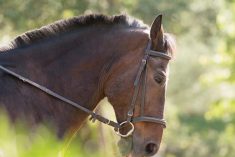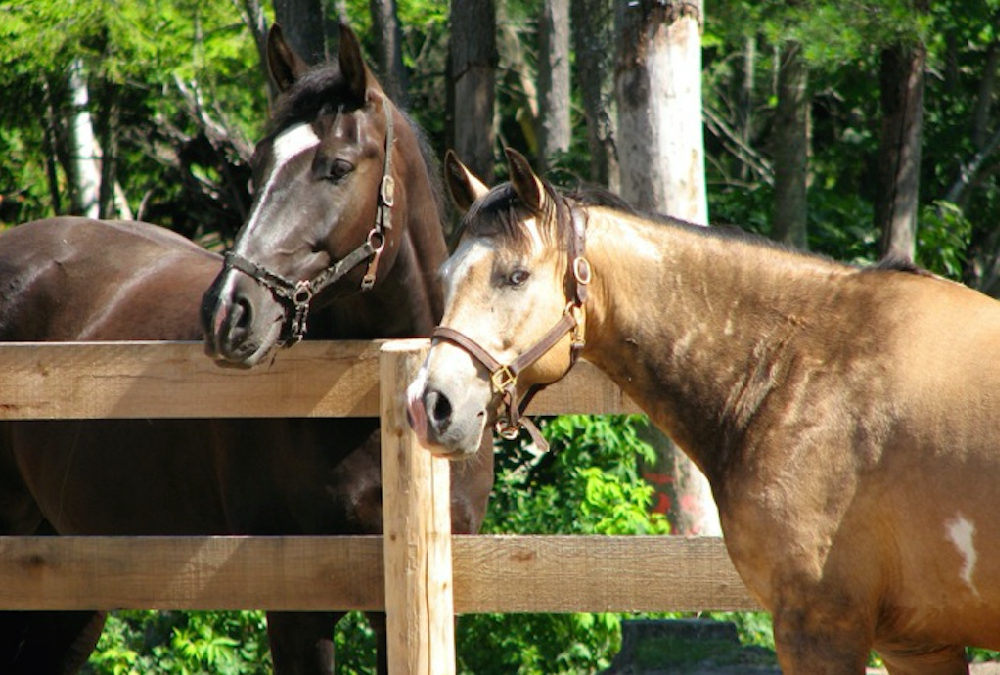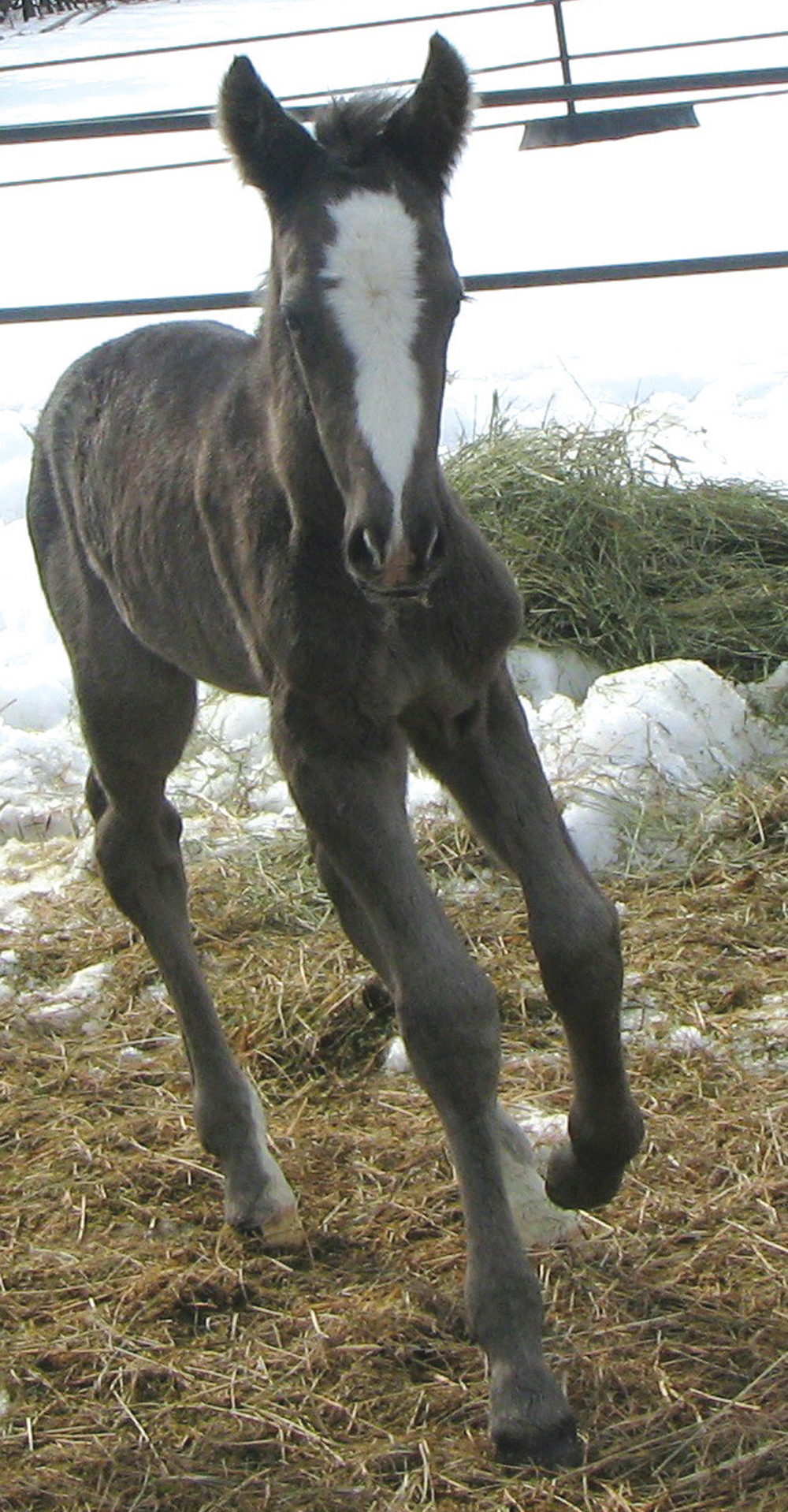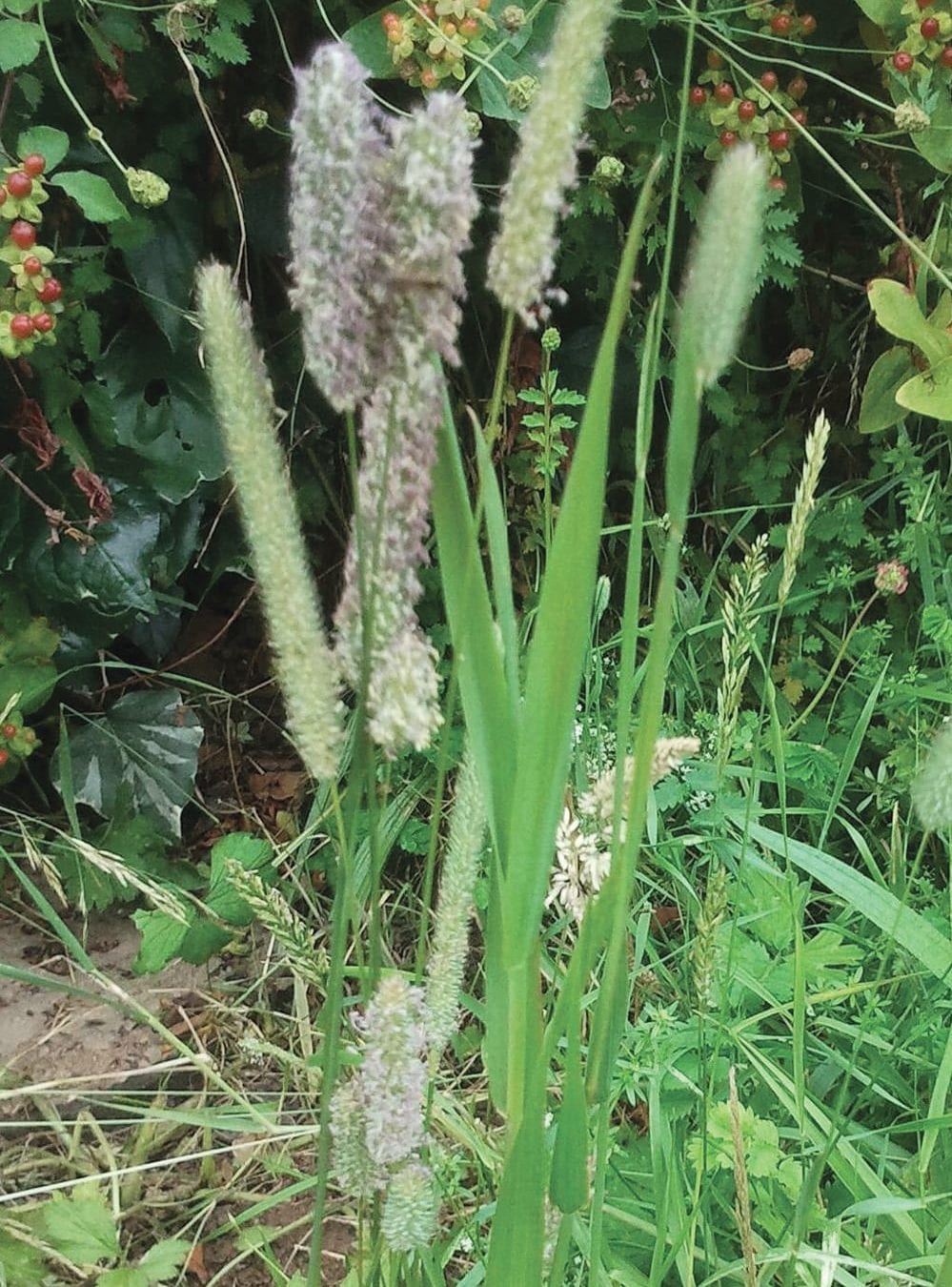Wendy Schabrel faced a difficult decision when her daughter moved away from home, leaving her three horses behind.
Schabrel had helped care for the animals but hadn’t ridden much since being repeatedly bucked off by a cantankerous gelding when she was a child growing up on the farm in Saskatchewan.
Still, the thought of selling creatures that had become almost family brought her to tears. So the Brandon instructor decided it was time to face her fears, and reconnect with horses on a different level than simply learning the mechanics of riding or making a horse bend to her will.
Read Also

Beware giving horses too much iron
Horses consuming too much iron through diet or water water can risk health problems like laminitis. Mineral testing forage and water is good practice for horse owners.
“I was fascinated with the whole idea of dancing with the horse and learning to understand their vocabulary,” said Schabrel.
For help, Schabrel turned to Neil McLeod, who has spent a lifetime learning how to communicate with horses through techniques that bear a close kinship to dance.
When working with a halter-less horse in a wide open arena, McLeod could put some of the couples on the popular reality TV show, “So You Think You Can Dance” to shame. The horse mirrors his every move, stepping forward when he steps back, stepping back when he steps forward and moving from side to side with perfect synchronization.
And just in case you think the horse is co-operating because it can’t go anywhere anyway, think again. McLeod walked into a pen full of horses outdoors, caught the eye of the one he wanted, and within moments the horse followed him out the gate and across the open yard as though it was being led – only it wasn’t.
The way McLeod describes it, the horse was choosing to follow.
What’s the secret?
In a word, courtesy tempered with no small measure of patience.
McLeod gets results with horses, but not in the typical horse-handler fashion. Instead of being the master, it’s more a partnership founded on a strong relationship. McLeod takes the lead and while he is the dominant partner, he never tries to bully the animal.
The 30-year veteran of the horse business is among a growing contingent of professionals who are breaking away from the age-old “horse-breaking” culture and focusing more on training strategies that bring horses and riders together. The idea is that if the horse is relaxed and comfortable, it is more willing to trust and be guided by its handler.
McLeod, who operates Thunderbird Horse Centre near Brandon in partnership with his daughter Sharra, has spent much of his career training horses for people. He still does, but up to a third of his time now is spent conducting clinics and coaching clients such as Schabrel, in order to prepare them for working with their horses – rather than making them obey their commands.
His technique is centred on what he calls the “language of gesture” although much of his teaching focuses on persuading clients to stop making abusive or confusing ones.
McLeod commonly sees wellintentioned riders giving their horses mixed signals, such as pulling back on the reins while kicking the horse in an effort to make it back up. One is a signal to stop and the other is a signal to go forward.
Or, they are in such a hurry to get the job done, they fail to notice their horse is confused and uncertain.
“The simple, most common thing I tell people is to slow down,” McLeod said.
He divides the horse set into three categories: People oblivious to what they don’t know about horses; those who are aware they don’t understand their horses but are unsure what to do about it; and an increasing number of people who are interested in more effectively communicating with horses.
“I’m seeing more people who want to learn,” he said.
Schabrel still has the three horses in her paddock, although she’s not dancing with them yet. But she’s not kidding or being metaphorical when she talks about that possibility. With her own background in dance, she’s intrigued by the concepts embodied in equine dance, such as the well-known equestrian event Cavalia, modelled after the Cirque du Soleil.
Learning the language of equine gesture, she said, has been a spiritual process – horses are teaching her about living in the moment, and she is finding a sense of peace that is too often lost in our fast-paced society.
“It’s just kind of letting go of the complexities of life,” she said. laura@fbcpublishing
———
NeilMcLeodwilldemonstratenaturalhorsemanship techniquesattwoclinicsduringtheupcomingRoyal ManitobaWinterFair.Basichorsemanshipisoffered onMarch29at3p.m.andaworkingcowhorse demonstrationwillbeofferedApril1at2p.m.Both areintheAgriculturalCentreofExcellencearena.















